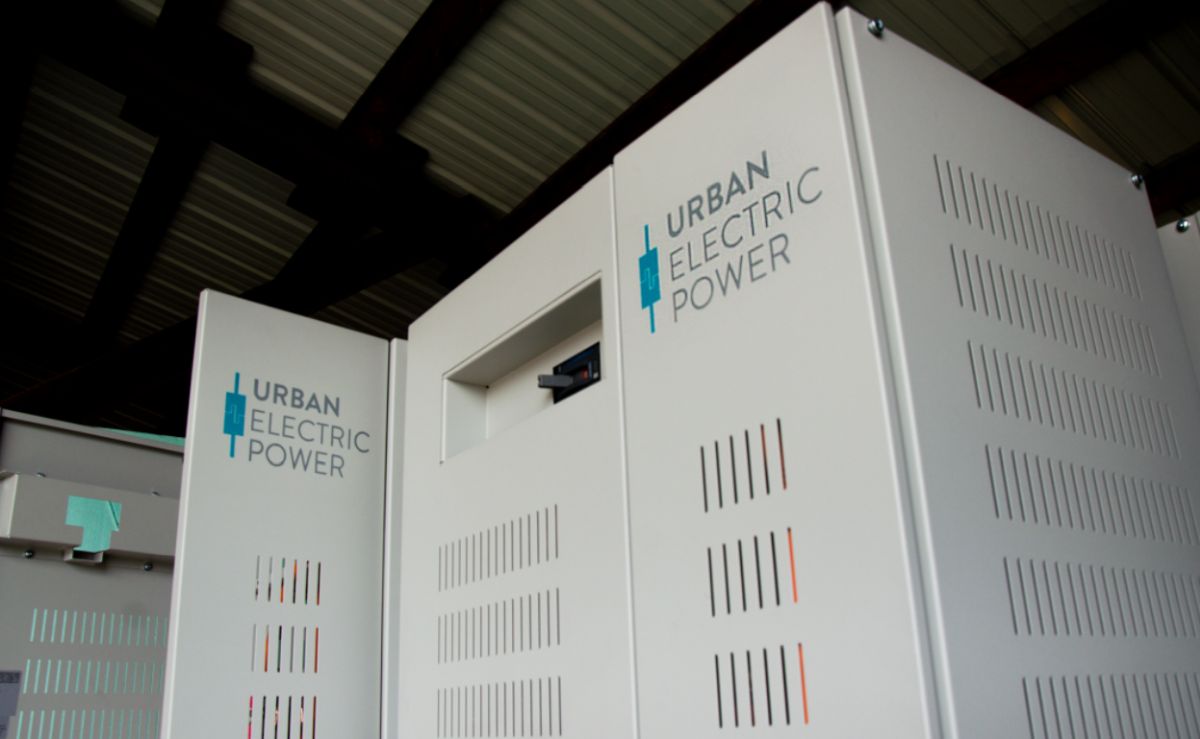WWW.EIA.GOV
U.S. coal-related CO2 emissions decreased by 7%, or 68 million metric tons (MMmt), in 2022 relative to 2021. This decrease was largely due to an 8% decline in coal-fired power generation because of retiring coal-fired generating capacity. Changes in electricity generation sources decreased the carbon intensity of electricity by 4% in the United States in 2022 as growing natural gas-fired and renewable energy resources and a coal supply shortage contributed to the lower coal-related emissions.
Overall, U.S. energy-related CO2 emissions increased slightly in 2022 to 4,939 MMmt from 4,905 MMmt in 2021, driven by a 2% increase in transportation sector emissions and a combined 1% increase in the residential and commercial sectors, according to our newly released annual report on energy-related carbon emissions. Industrial sector emissions declined by 2% as industrial activity decreased by 3% over the period.
The decline in coal emissions last year is part of a longer-term trend. Overall, coal emissions have fallen 57% from their peak of 2,180 MMmt in 2005.


The coal supply shortage was the result of production and consumption dynamics over the last several years. Between 2017 to 2019, coal production declined by 9%, mostly because of decreasing global coal demand and increasing competition from natural gas. U.S. coal production decreased by an additional 24% in 2020 because of a coal surplus in 2019 coupled with lower electricity demand due to pandemic-related economic impacts. Demand for coal returned during the second half of 2021 as the U.S. economy returned to pre-pandemic activity. Coal inventories began to decrease because coal was used to meet rising demand.
Despite the rise in coal demand in 2021, coal production was slow to return to pre-pandemic levels. Mining companies faced labor shortages and logistical challenges, and they were slow to commit capital to open new mines or to boost output from existing operations. Dwindling coal inventories and higher global coal demand than available supply led to less coal-fired electricity generation during most of 2021. Generation declined because operators of electric generation plants wanted to ensure they had sufficient supply to meet demand in the 2021-22 winter heating season. In late 2021 and into 2022, coal production began to increase in response to greater coal demand because of rising natural gas prices. Natural gas prices increased because of disruptions in international energy markets from Russia’s full-scale invasion of Ukraine. Coal became less economically competitive, however, toward the end of 2022 as natural gas prices began to decrease heading into the 2022-23 winter season, resulting in reduced coal consumption and coal-related CO2 emissions.
Natural gas-fired and new zero-carbon power sources acted as substitutes for coal-fired generation amid shortages and unfavorable economic conditions. Between January 2021 and December 2022, U.S. coal-fired generation capacity declined by more than 25,000 megawatts, while natural gas-fired capacity increased by over 17,000 megawatts. Zero-carbon generation also grew in 2022, and its share of the total generation mix increased from 39% in 2021 to 40% in 2022. However, overall electric power sector emissions in 2022 remained near 2021 levels because increases in emissions from natural gas offset decreases in emissions from coal and because total electricity demand increased by 3%.



















